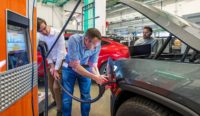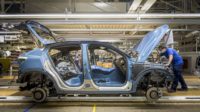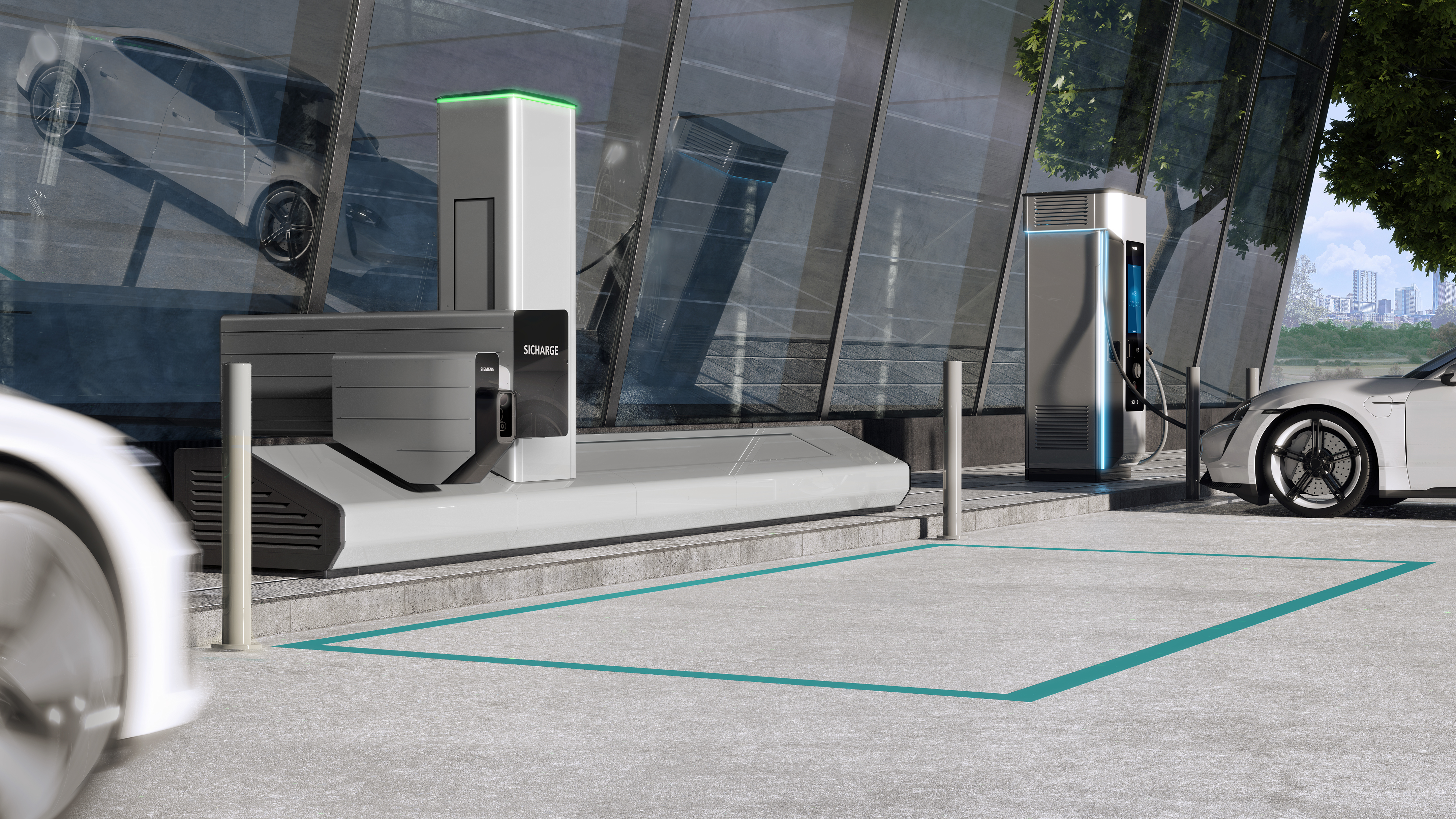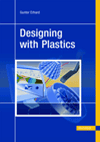TROY, MI—Recent demand for electric vehicles has been choking the recharging grid. Despite the fact that more options are available than ever, customer satisfaction with public charging has declined, according to a recent study conducted by J.D. Power. Some EV owners in states such as California and Texas have been plagued by problems such as nonfunctioning charging stations.
The study measured EV owners’ satisfaction with two types of public charge point operators: Level 2 charging stations and DC fast charger stations. Satisfaction was measured on factors such as availability of chargers, ease of charging, speed of charging, cost of charging and ease of payment.
“Public charging continues to provide challenges to overall EV adoption and current EV owners alike,” says Brent Gruber, executive director of global automotive at J.D. Power. “Not only is the availability of public charging still an obstacle, but EV owners continue to be faced with charging station equipment that is inoperable.”
According to Gruber, this lack of progress points to the need for improvement as EVs gain wider consumer acceptance because the shortage of public charging availability is the No. 1 reason vehicle shoppers reject EVs. Tesla Destination ranks highest among Level 2 charge point operators and Tesla Supercharger ranks highest among DC fast chargers.
“The National Electric Vehicle Infrastructure (NEVI) Formula Program promises to provide funds to states for building out their EV public charging infrastructure,” explains Gruber. “This will lead to sizable growth in the availability of EV charging stations, but just adding stations isn’t the answer.
“Stations need to be added to areas where there are currently gaps in heavily traveled routes and in high-density areas for people who don’t have access to residential charging,” Gruber points out. “Most importantly, [they need to be] designed with things for users to do while charging. Then, we need to make sure those stations are reliable.”
“Everyone knows that the landscape of gas stations is focused on convenience—readily available, fast fueling and quick convenience items,” says Gruber. “Although fast charging is seemingly getting faster by the day, to expedite the charging process, vehicles will need to accommodate the newest ultra-fast chargers.
“Currently, only a handful of vehicles can take advantage of the fastest charging speeds,” claims Gruber. “And, no matter how fast their vehicle charges, EV owners still indicate they need more options for things to do during each charging session to enhance convenience and fill the down time.”






